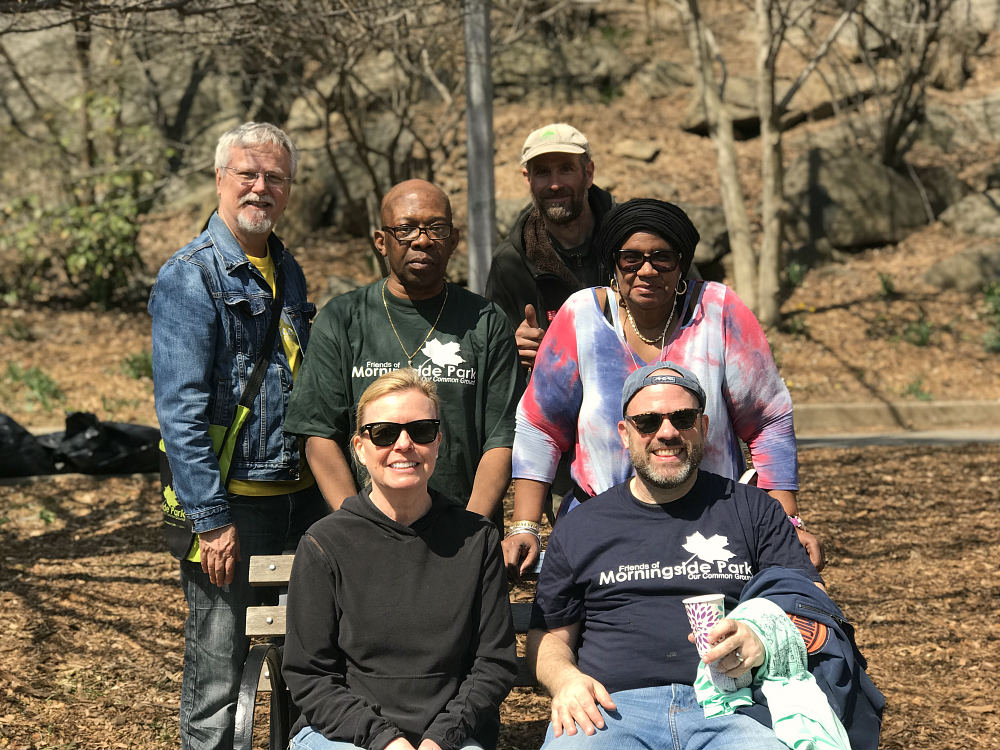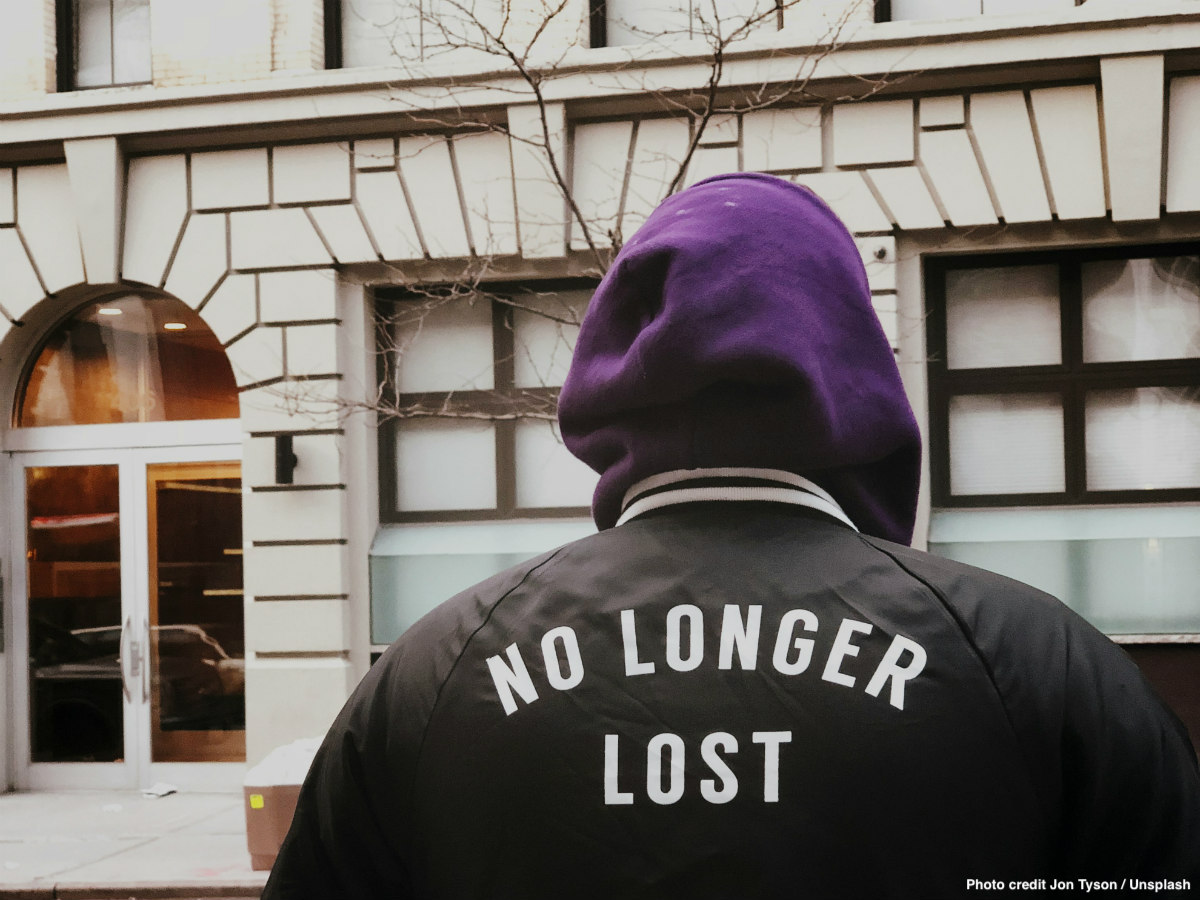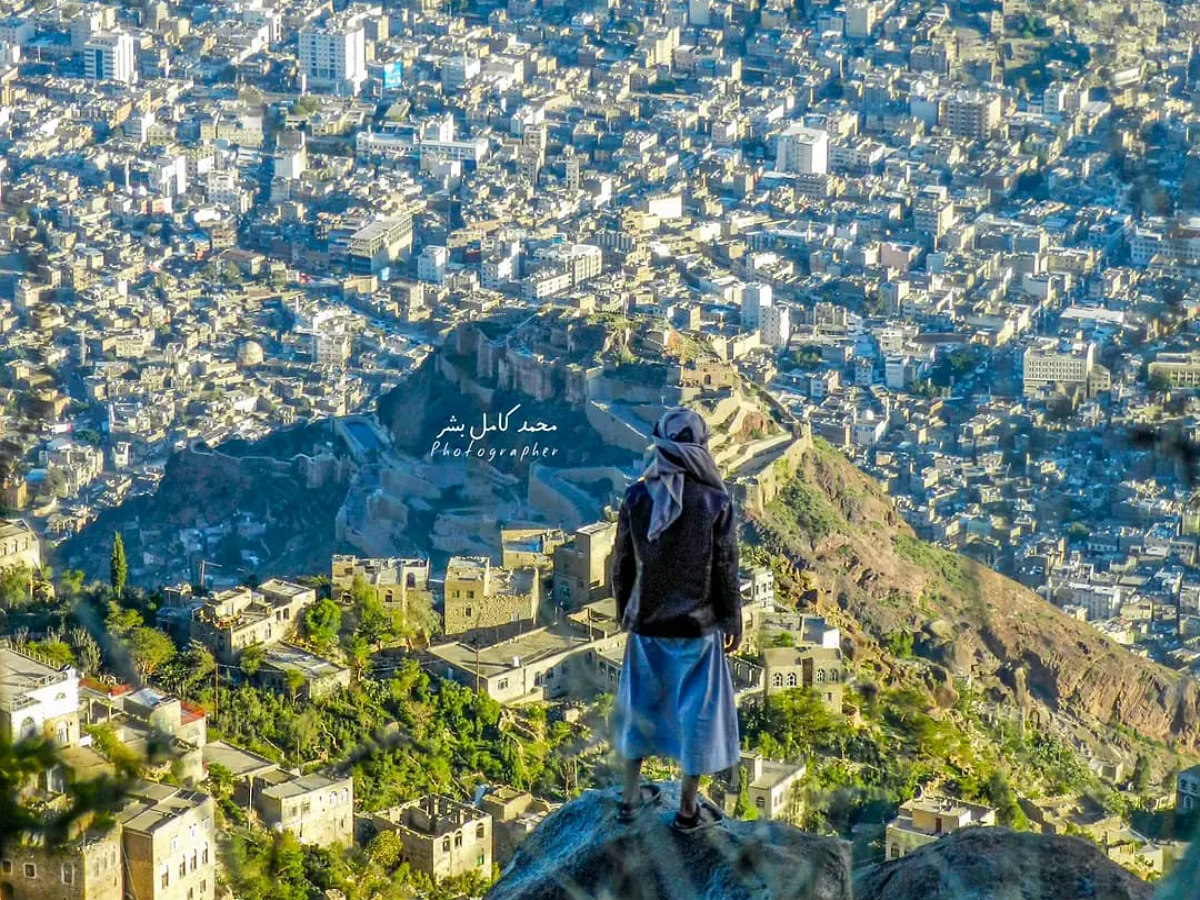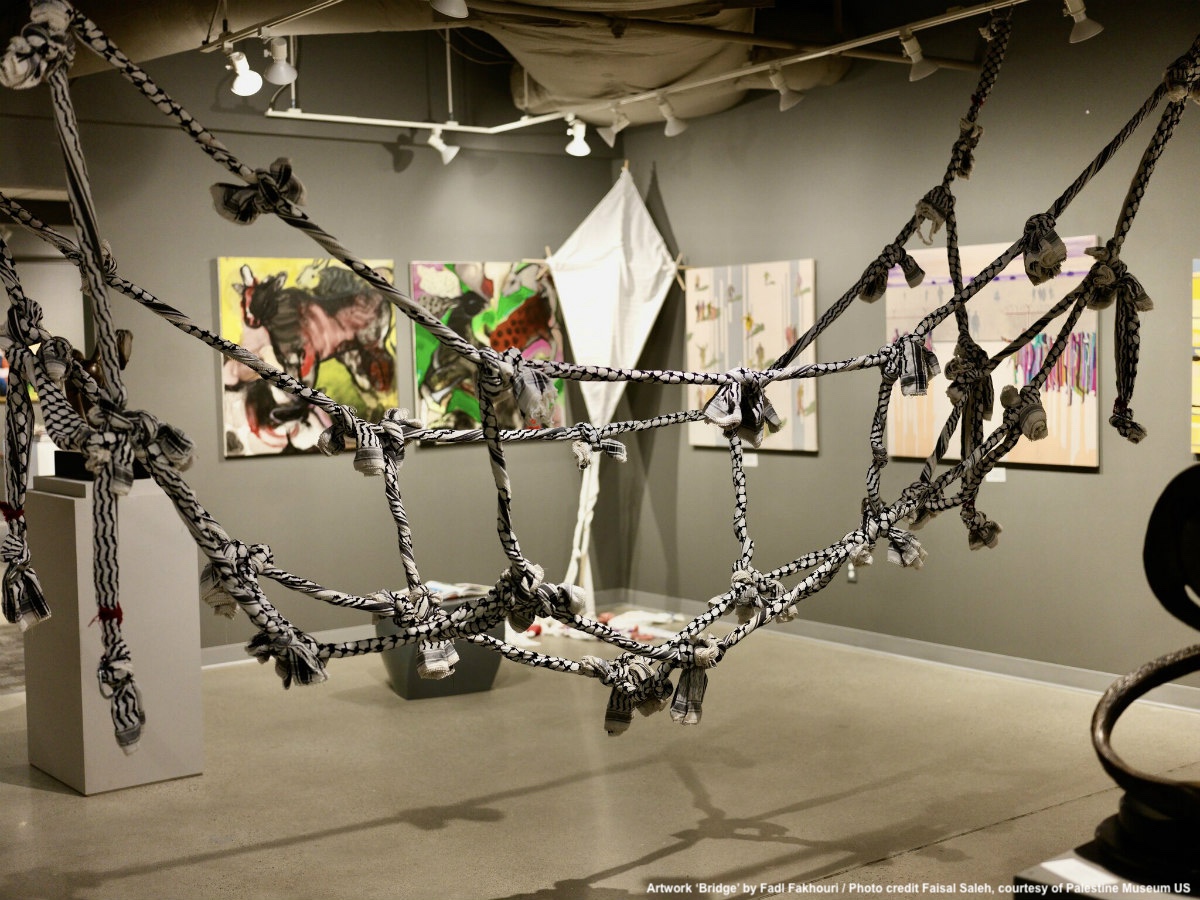Brad Taylor lives in the West side of Morningside Park. Aissatou Bey-Grecia is a long resident on the East side, in Harlem. Both are members of the diverse Board of Friends of Morningside Park in Manhattan, an all-volunteer organization originally founded to restore the park from decaying 40 years ago. Morningside park tells the history of a city, of a country, that urgently needs to invest in communities and reduce violence.
The location of Morningside Park deserves all the attention. It forms the border between the neighborhoods of Harlem and Morningside Heights to the east and west, respectively. Morningside Heights is a primarily residential neighbourhood built atop a cliff of the Manhattan schist rock in the northern section of the island. It separates the high terrain of Morningside Heights and the low terrain of Harlem, both connected by steep stairs in the park.
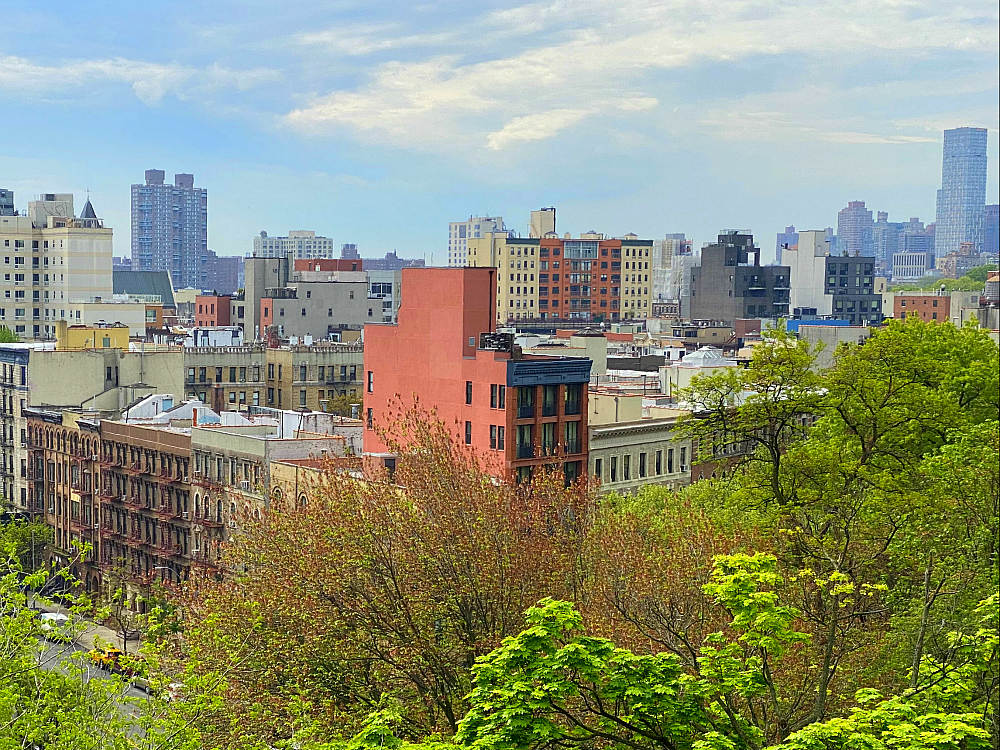
Much of the park is adjacent to Ivy league Columbia University which extends along a significant part of the Morningside Heights neighbourhood. As the university started to expand in the 60s, cultural tensions grew between the two sides of the park. Consequently the park was seen as a hostile space, which physically segregated both communities, the community around the university and the predominantly black and brown community of Harlem.
Early urban activism at the park
The restoration of Morningside park goes back to the urban activist Tom Kiel, a Columbia University undergraduate. In 1981 he saw the deteriorating condition of the historic park, built by the landscape architects Frederick Law Olmsted and Calvert Vaux, the co-designers of Central and Prospect Parks, and began organizing meetings and park cleanups. Along with several other white Columbia students, Tom Kiel formed the non-profit organization Friends of Morningside Park with an aim to halt large scale changes to the park and fight for the park’s original restoration.
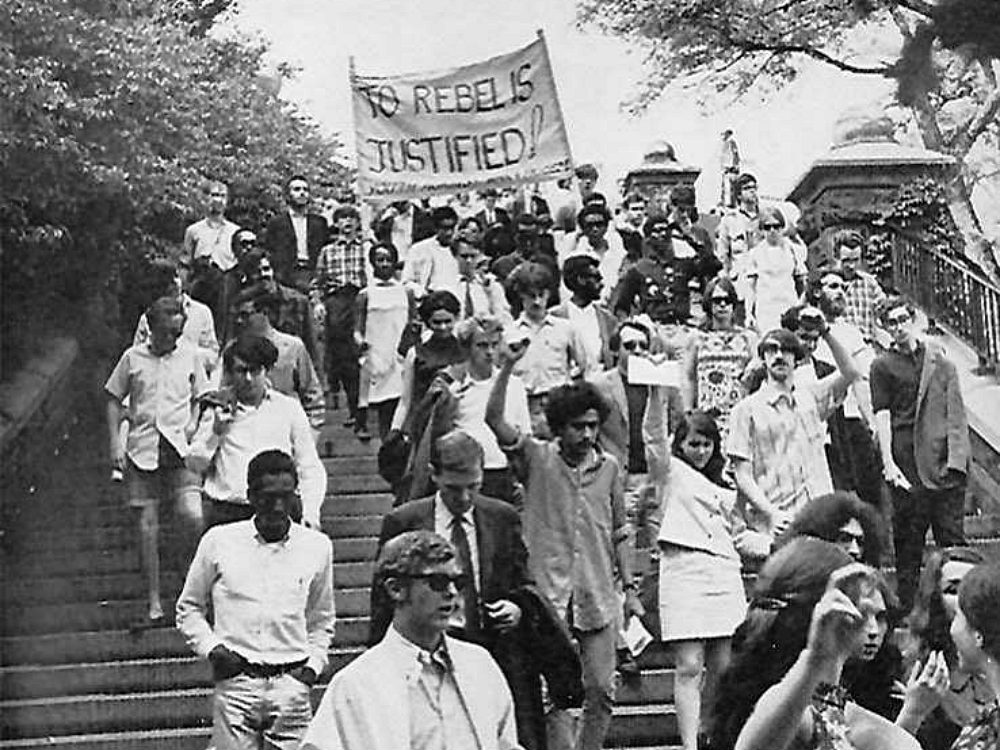
After Tom Kiel’s tragic death in an accident abroad in 1996, the organization took a downturn but reinvented itself by building a much more inclusive and diverse organization. Based on the purpose of keeping the park alive and vibrant, the park organization has created a common ground to bring neighbours of all backgrounds together.
Our Board is black and white. We made a point at reaching out to people, who have been living around the park and in Harlem for decades. Our treasurer, Jannie Green, has lived here even longer than our organization.
‘We are also proud and fortunate to have members of our founder’s family and volunteers from our early years still working with us’, says Brad Taylor, President of the Friends of Morningside Park.
The Friends of Morningside Park have been promoting the enjoyment and responsible use of the park through an extensive set of programs which over the years have included arts and cultural festivals, a farmers market, film screenings, public art displays, musical and theatrical performances, sports tournaments, community picnics, park cleanups and plantings, tree lightings and holiday events.
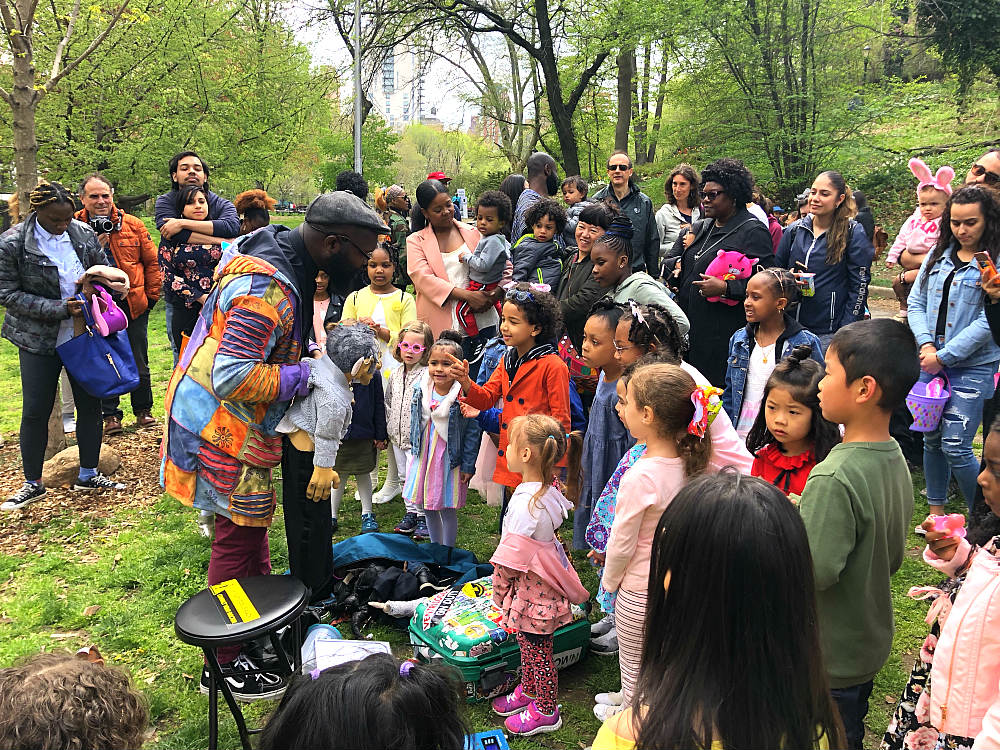
Morningside Park is essential to Harlem’s identity
The mobilization of a more diverse great group of neighbourhood volunteers has uplifted Harlem’s community around the park, operated by the New York City Department of Parks and Recreation. But even if the Friends of Morningside are not bound by a contract to manage the park, as for example the Friends of the High Line do, volunteers take care of it as their own backyard.
They have an independent voice. They can complain and write emails to make sure that things get done. However, their efforts, time and energy have not always been corresponded with immediate action and generous city funding.
In June 2018 the Center for an Urban Future published a study of the need for capital investment in the parks. They estimate that nearly $6 billion in capital investment is needed over the next decade to maintain the current system. According to this study ‘the average city park last saw a major renovation in 1997 and, for decades, New York City has provided too little money for basic maintenance and too few staff—including plumbers, masons, and gardeners—to keep critical parks assets from deteriorating and mitigate problems before they grow’.
In May 2019 a tweet by Morningside Park did a big shoutout on this important issue that impacts all New Yorkers: ‘1% of the city expense budget for parks is hardly a big ask and yet today they only receive about half that. New Yorkers need to invest in their parks’.

‘Added to the budget cut by half, unfortunately our park doesn’t have the attention that it deserves because it was seen as a dangerous place for many decades. Last November I counted 23 street lamps out in Morningside Park, at least five in the area at the base of the steps up the hill to Columbia. We desperately asked for replacement’ explains Brad Taylor.
Morningside Park makes a case to invest in communities, public parks and reduce violence
In 2019 robberies were increasing at the park. In December the white first-year student Tessa Majors was tragically murdered in Morningside park by three black teens, who intended to rob her.
Immediately after this incident the student community and some neighbours asked for more police guards to patrol the park. The police department published pictures of suspects in social media and suddenly every young black male in Harlem was under suspicion, risking to stigmatize the community. Students of colour were either picked up at the park entrance or by campus police for arbitrary stops and ID checks.
The strong deployment of police made it look more like a crime scene turning off visitors to enter the park. Less people around the park didn’t help to make it more safe. What we need are parks enforcement patrol, or PEP officers, who contribute to keep our parks and open spaces safe. Their positions cannot be cut in the New York Budget.
Associate Professor of Economics in Columbia, Sarah Cohodes, tweeted: ‘After walking up the 120th St steps in Morningside Park after the vigil for Tessa Majors. There is much to be done for our park and our community. The absolute least that must be done is putting new bulbs in the dark streetlights. We saw three’.
In January this year the Manhattan Borough President Gale Brewer organized a community forum at Town Hall to discuss the future of Morningside Park in the wake of the Tessa Majors killing, with local leaders and representatives from community youth, schools and neighbourhood organizations.
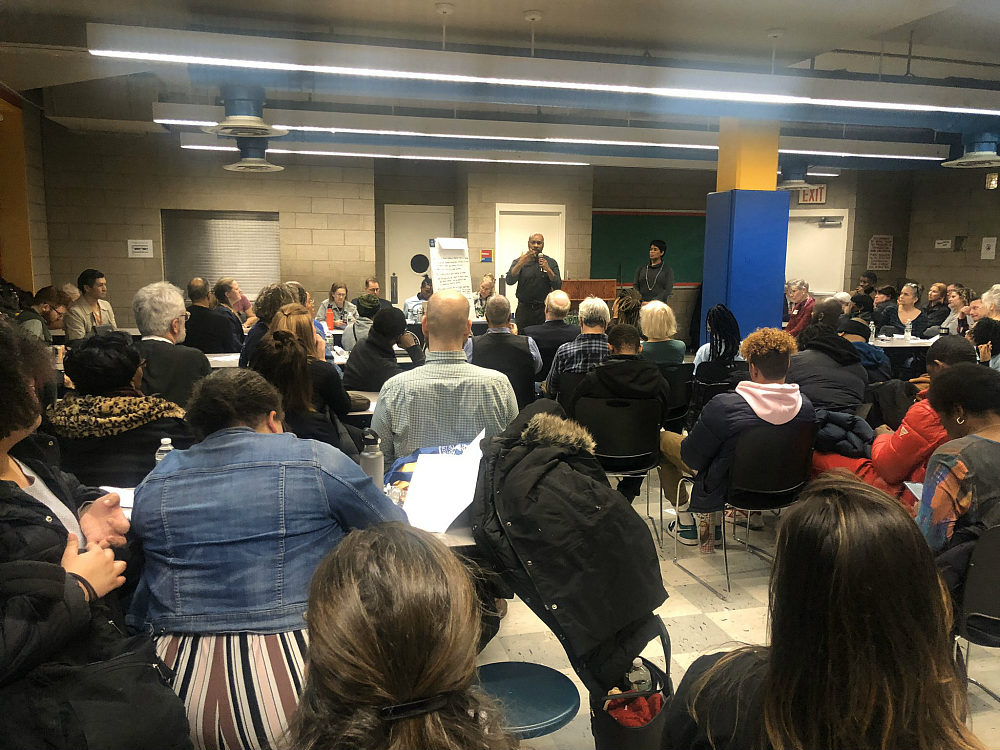
This forum about the future of the community remarkably put the Morningside Park at the center of the discussion. A packed hall sent a strong signal that people care about the reputation of their park because what happens there reflects the functioning of their community. ‘Neighbours came together to speak with one voice; they want a better future for themselves and their neighbours. This gathering is born out of hope and justice—for Tessa and for the young people who took her life’, tweeted one of the attendees.
The main concern at the forum was the strong presence of armed police at the park, instead of regular park patrols. Neighbours agreed that strong policing does not recognize and root out the problem to reduce violence in the community. In Gale Brewer words ‘tonight’s community forum is one of many efforts my office is conducting to advance youth and community development. It is also one of the ways we are addressing the larger systemic and neighbourhood issues impacting our youth’.
Envisioning a strong future for the community and youth
Morningside Park and the Harlem community have tangible plans to reduce violence, by strongly reassuring that black lives matter and raising funds to invest in well-run after-school activities and summer programs, offering opportunities for the youth and keeping them off violent activities.
‘After the forum we have started working towards programs for youth and teens. We were in the process of building alliances with different institutions, among them, Columbia University and advocating and raising funds in different ways to implement our programs. Moreover, Morningside Park is also part of a coalition of Harlem parks with the power to approach corporate funders interested in tax-exempt community projects. Unfortunately the Covid-19 pandemic has put everything on hold’, explains Taylor.
But when the Friends of Morningside Park thought that they may have lost momentum, protests around the country demanding to defund the police eroded, nailing their ongoing fight at the local scale to invest in communities and reduce violence.
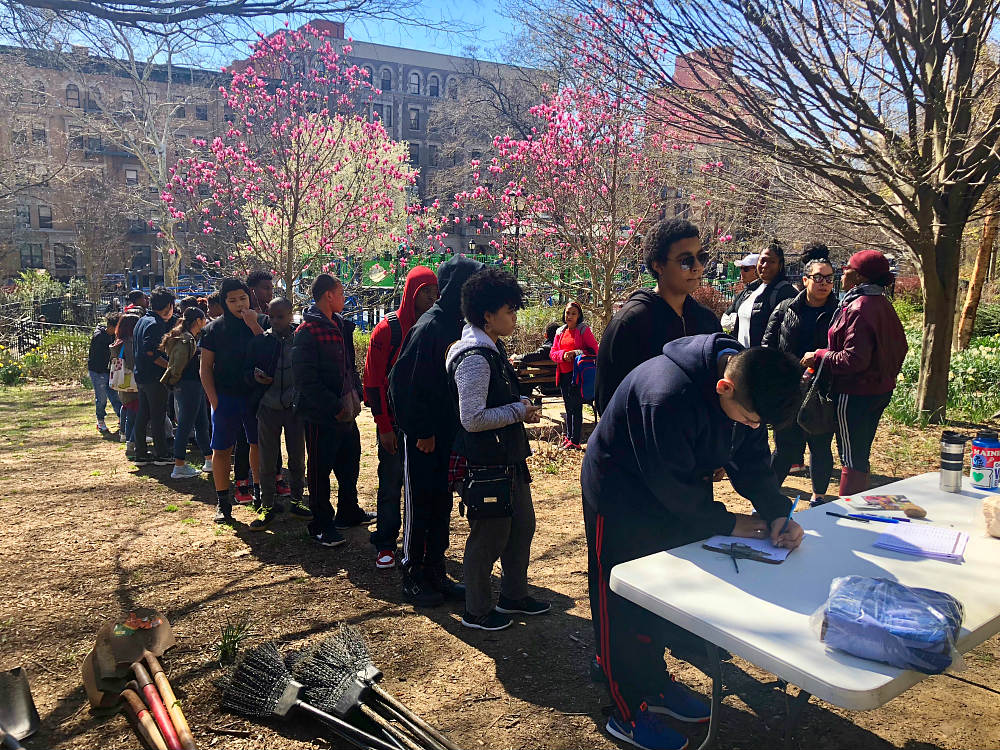
The history of Morningside Park in Harlem embodies the complexity of racial justice not only in New York City specifically, but within the entire United States. In the current narrative of defunding the police and investing more in communities, safety and reducing violence get caught in the middle. If systemic racism is entrenched in our society, how can we talk about safety without asking ourselves the reason why crime happens in the first place? How have we failed as a society to those teens who don’t consider to have other opportunities than violence?
And if you live in a particular neighbourhood and you’re young and in the park, you’re violent. This is not fair. Are police departments ready to break the vicious circle of stigmatizing communities of colour and rebuild with communities a new model of public safety?
Community leaders and residents are the most suitable allies to create strong neighbourhoods, confront racism and maintain safe streets. Parks like Morningside create the common ground to keep communities strong. Therefore, it is the city administrations responsibility to protect these parks by allocating enough economic resources.
Let’s talk about racism in communities
In May the National Museum of African American History and Culture launched Talking About Race, a new online portal designed to help individuals, families, and communities talk about racism, racial identity and the way these forces shape every aspect of American culture.
This is a good step forward at national level. But cities also need to promote unity at the local scale. Even if ‘ending racism is one dialogue at a time’, as the activist Ricco Wright is spearheading in Tulsa, who earned his doctorate in mathematics education from Columbia University.
True to their diverse spirit, the Friends of Morningside Park have proudly added their voice to the masses of #BlackLivesMatter and issued a strong statement on the recent events ‘The time for platitudes has passed. Let us now turn our collective outrage into action and dismantle this mindset and system borne from hate, fear and ignorance…..Today we recommit ourselves to being a part of the solution as we continue our work on behalf of our incredible Harlem community and Morningside Park – Our Common Ground’.
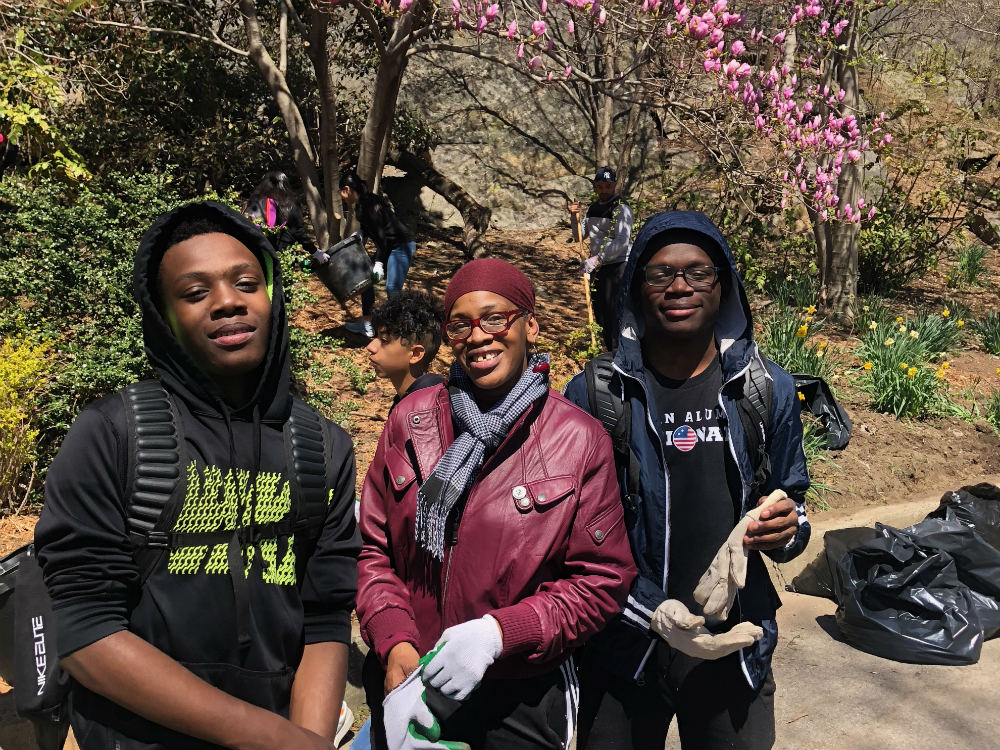
Right before this article went online, Brad Taylor shared with me some good news. Their coalition of Harlem parks will be receiving 75 thousand US dollars in private funding to start a garden training program for local Harlem youth over this summer and autumn.
The fight is at the local scale and the Friends of Morningside Park are winning it.
